Warak arish (stuffed grape leaves): the healthy comfort food.
You may have heard of the Lebanese warak arish as a different name: The Greeks refer to them as Dolmades, the Turks call them Dolma, and in English they are simply stuffed grape leaves. The Lebanese words warak arish literally mean "vine leaves", with warak meaning "leaves" and arish meaning "vine".
If you ask about the true origin of the stuffed grape leaves, the Greeks will tell you that the dolmades were first eaten by the gods at the top of Mount Olympus, and that the food was later brought to the rest of the Mediterranean world during the time of Alexander the Great. Turks or Lebanese people would say that no, it’s theirs.
As I mentioned in the hummus article, I cannot say where the warak arish originated from (because I really don't know), but I won't get into politics here. All I can be sure of it that stuffed grape leaves certainly are a delicious finger food that everyone can share, appreciate and enjoy.
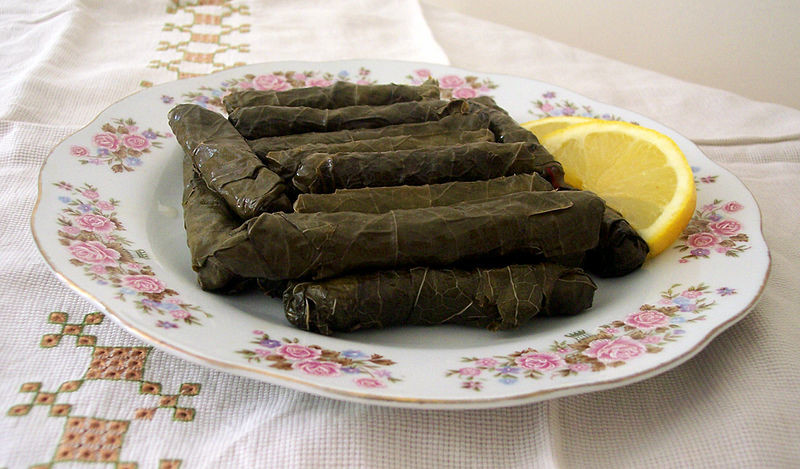
The stuffed grape leaves have always been a favourite for me, and a Lebanese meal would not be complete without them, tabouli, and hummus. I don’t remember the first time I ate warak arish, because I have been eating them my entire life. Both of my grandmothers would be skilled in making these, so it is very much a comfort food for me.
I may have mentioned in a previous post that I often would sleep at my maternal grandmother’s home, and she would prepare a Lebanese feast just for me. She would stuff and roll the grape leaves by hand, each one made with love and care. As a young girl, I would pop the stuffed grape leaves in my mouth and eat them effortlessly one by one, without even a passing thought about how much work was put into rolling each individual leaf. I have always loved this food, and now that I know how much labor and time that must be put into them, I appreciate it all the more.
The warak arish can be made either with rice filling or with meat filling. I am going to show you how to make the one with the rice filling because it is a bit simpler and it is a recipe that everyone can enjoy as it is vegetarian/vegan friendly. I also personally prefer it with rice rather than with meat.
What I really love about warak arish is that you can easily grow one of the ingredients in your backyard (or take it from the neighbor’s). Grape vines grow like crazy and are hardy so they can usually survive in any climate. I am from Boston, and we get very cold winters with lots of snow, but every spring season, our grapevine behind our house always buds and grow back. (We have a fig tree too! ).
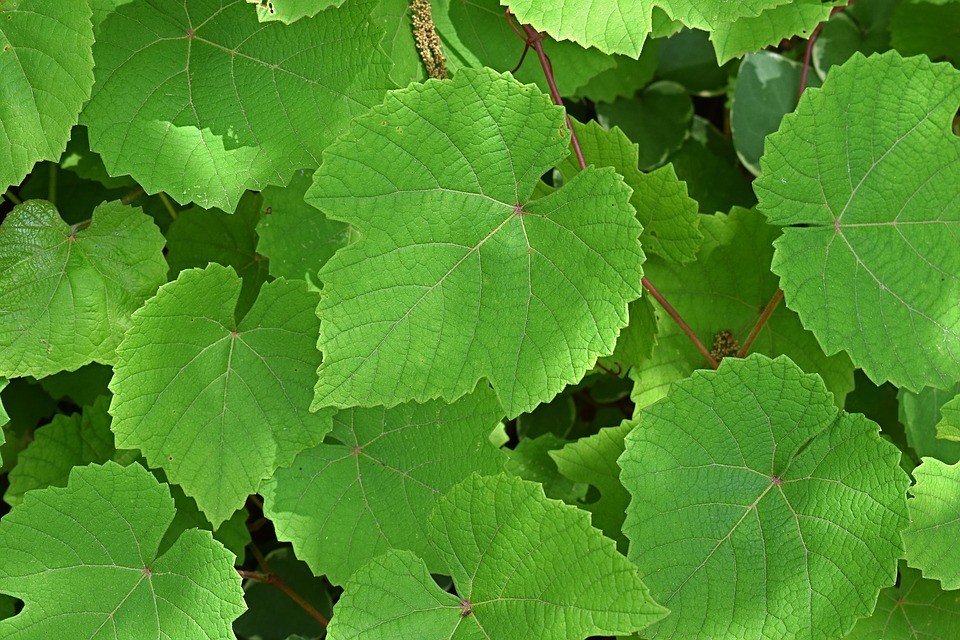
Unfortunately since we don’t have a lot of space for the vine to grow, my dad has to cut it back to control it a bit. On the other hand, my aunt who lives near me also has a grape vine, and she allows it to grow as much as it wants, and it climbs up the side of her house! She is a very good cook, and she always uses the grave leaves from her vine to make her homemade warak arish.
When I was living in Madrid, I would often visit and stay at my friend’s home in the little village called Quijorna, where the homes there have backyard space to grow trees and plants. The neighbor next door has a huge grape vine, which spills over onto the other side of the fence of my friend’s garden. I had never seen so many wild grape bunches in my life, and the neighbors were kind enough to let us pick keep the grapes which were on our side. I went and picked the grapes a few times. At first they were a red color mixed with some green, and they tasted a bit sour because they weren’t fully riped yet. Then a week later when I picked them again, they were a deep red color and very sweet. I had been planning on picking the leaves in order to make stuffed warak arish, but time ran too quickly and I had to come back home.

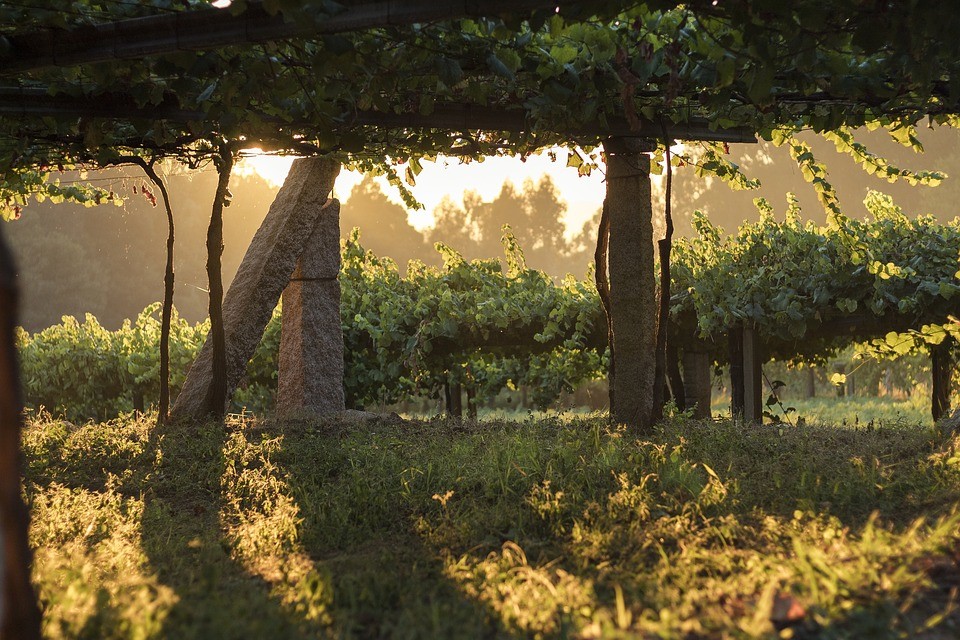
Now that I am home with more time on my hands, I can make the warak arish from the wine of my own house, or from the vine of my aunt’s house. If you’re like me and you prefer to pick your own fresh grape leaves to make stuffed warak arish, good choice! I am warning you though, that making warak arish is time consuming and requires patience, although it is relatively simple. Picking your own grape leaves adds a little bit more time to the cooking process, but in the end you’ll feel much more proud of your final result.
There are two ways to preparing the freshly picked grape leaves. You can either use them totally raw (wash them first, obviously), or if you want them tastier and more tender (which is always the better choice), you must soak them first in water and salt. It is very common to keep jars of grape leaves submerged in water and salt for storage, and they can be used the following time that you want to make the warak arish. If you don't have access to grape leaves from a vine, or aren't really into that time-consuming aspect, then you are also free to buy a jar of grape leaves at a supermarket. Whatever kind of grape leaf that you decide to use, the recipe procedure will be the same.

Here are a few tips when you want to pick your own grape leaves:
- Select leaves that have no holes or rips in them.
- The size of the leaves should be no smaller than the palm of your hand. This is important to be able to roll them well with enough filling inside.
- Make sure the leaves have not been treated with any pesticides or sprays.
- The best time to pick them is in the late spring time, around May or June.
- This sounds a bit silly to have to say, but the leaves should be green.
The ingredients needed for this recipe are:
- 40 grape leaves. This is just an estimate, assuming that you would like to invite others to eat them with you. If you prefer to use less leaves or more leaves, you are certainly welcome to, and just adjust the other ingredients accordingly.
- 1 1/2 cups of rice.
- 2 medium onions
- 1 teaspoon cumin.
- A pinch or two of black pepper.
- A pinch of salt.
- Lemon juice from two lemons.
- 1/4 cup of olive oil.
*These proportions make roughly six to seven servings.
Start by cooking the rice with the finely chopped onions, cumin, black pepper, and salt. The nice thing about making grape leaves is that there are so many versions of this recipe that you can personalize it to your liking. For example, adding the onions to the rice is not necessary, but I think it adds a nice taste to it. The secondary ingredients are always adjustable. If you like meat, you can add meat to your rice. The list goes on.
While the rice is cooking, you can get going on the tedious part of rinsing the grape leaves. If you got the grape leaves from a jar bought at the store, open the jar and drain the water out. Fill a large bowl with water (I think the temperature doesn't matter; I have read different grape leaves recipes, some of them soak the leaves in warm water and others do it in cold water) and very carefully remove the grape leaves from the jar and place them in the bowl filled with water. Be sure not to rip them. Leave them to soak for a minimum of ten minutes.
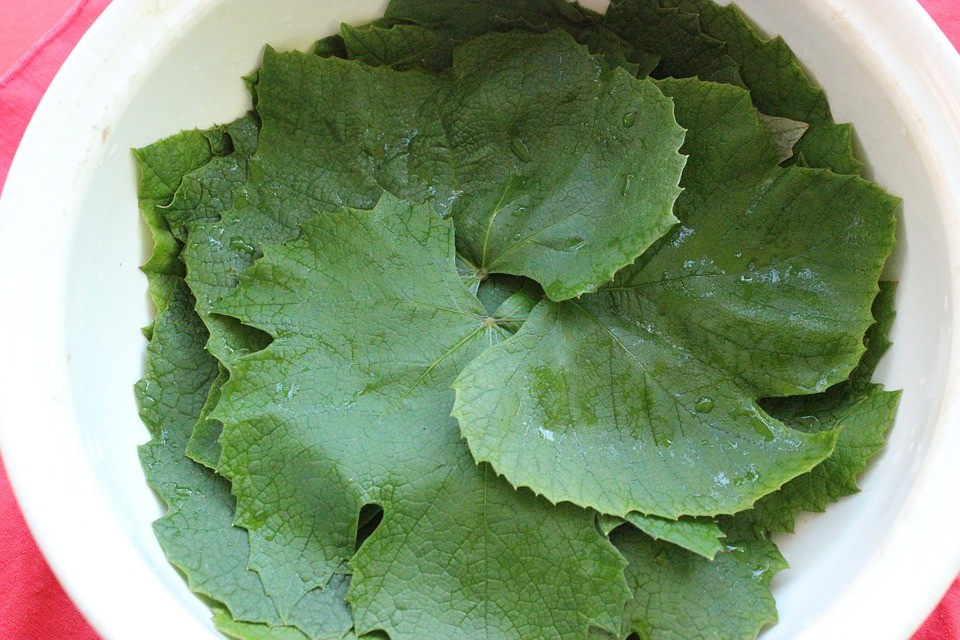
If you have used fresh grape leaves straight from the vine, just make sure they have been washed after picking them. It doesn't matter if you decided to previously soak them in the warm water and salt; as I mentioned before, the following steps will be the same for whatever way you have prepared the grape leaves.
- Once you have finished soaking or washing the grape leaves, carefully place them on paper towels to dry them.
- Gently open each leaf, being sure not to rip it, and place it with the glossy/shiny side facing down and veiny side up on the work surface.
- Cut the stems of the leaves without cutting the actualy leaf.
- Put about a tablespoon of rice filling in the center of each leaf, shaping the filling like a cylindar across the leaf, and leaving enough room on the sides to be able to fold the leaf's ends inwards.
- Roll the grape leaves.
- Repeat this process for all the grape leaves.
- Once all the warak arish have been stuffed and rolled, take a pan or a pot and place the warak arish rolls in rows at the bottom of it. If you want to prevent burning, you can first line the bottom of the pot or pan with flat, unrolled grape leaves. Continue to place the warak arish rolls on the bottom layer of the pan, and once that layer has been filled, continue them on the next layer.
- Fill the pot or pan with water until it almost covers the warak arish rolls (but not completely submerging them). Pour over them the juice of one lemon and a little bit of the olive oil (a tablespoon should be fine).
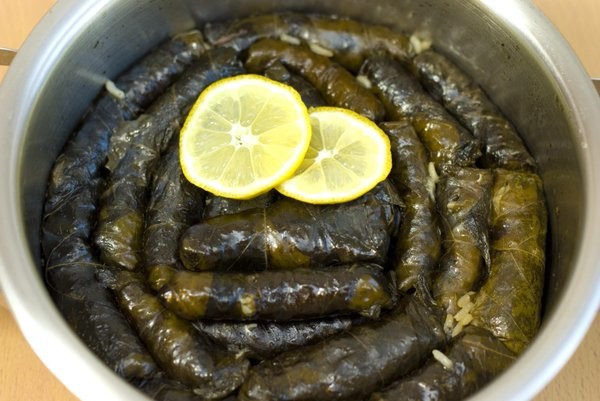
- Take a flat plate, big enough to cover the grape leaves but small enough to fit in the pan or pot, and place the plate over the rolls. This is to keep them in place and to prevent them from floating.
- Let them simmer for fifteen minutes.
- Let them cool, then take them out and arrange them on a serving plate, pouring the rest of the lemon juice and olive oil over them. They can be served hot or cold!
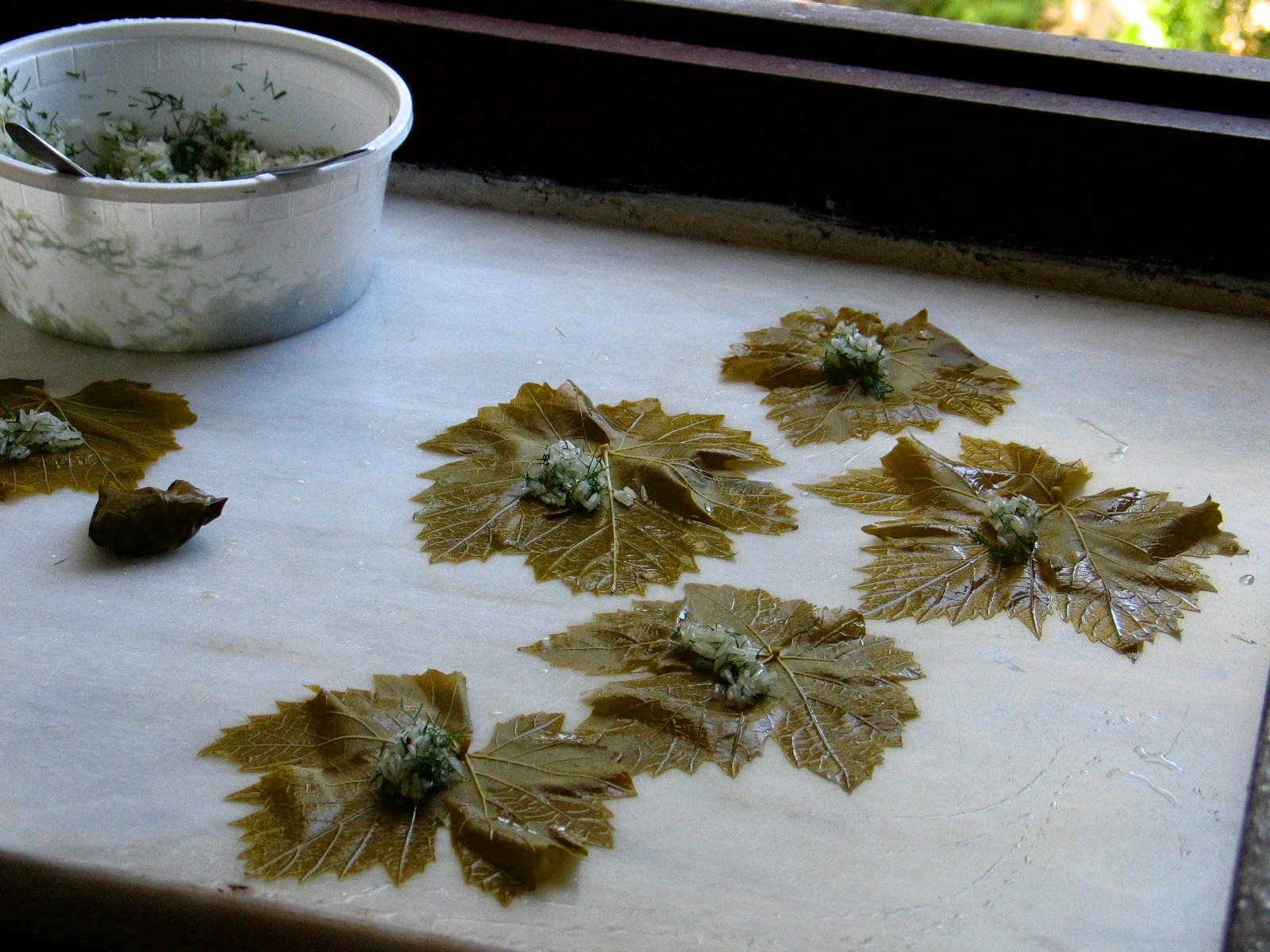
An interesting thing about this recipe is that I have read versions of it in which the rice is cooked after being stuffed, but I have not tried this method yet. Basically in this version, the grape leaves are stuffed with the filling, but enough room is made inside the stuffing so that the rice has space to expand. Instead of letting the rolls simmer for fifteen minutes, they would boil for an hour to cook the rice within the rolls. This can also be done with the meat filling; cook the meat while it is already stuffed in the rolls. I think this is a cool idea, but maybe it's more for people who are experienced cooks.
I say this because when I cook rice, I always have to occasionally check the rice in the pot to see if it is soft enough or not. If I were to cook the rice while it is already stuffed in the grape leaves, I wouldn't have a way of knowing if it was tender enough. With more experience, I will be able to get to that level of knowing without having to taste and check every twenty minutes!
Photo gallery
Content available in other languages
Want to have your own Erasmus blog?
If you are experiencing living abroad, you're an avid traveller or want to promote the city where you live... create your own blog and share your adventures!
I want to create my Erasmus blog! →











Comments (0 comments)